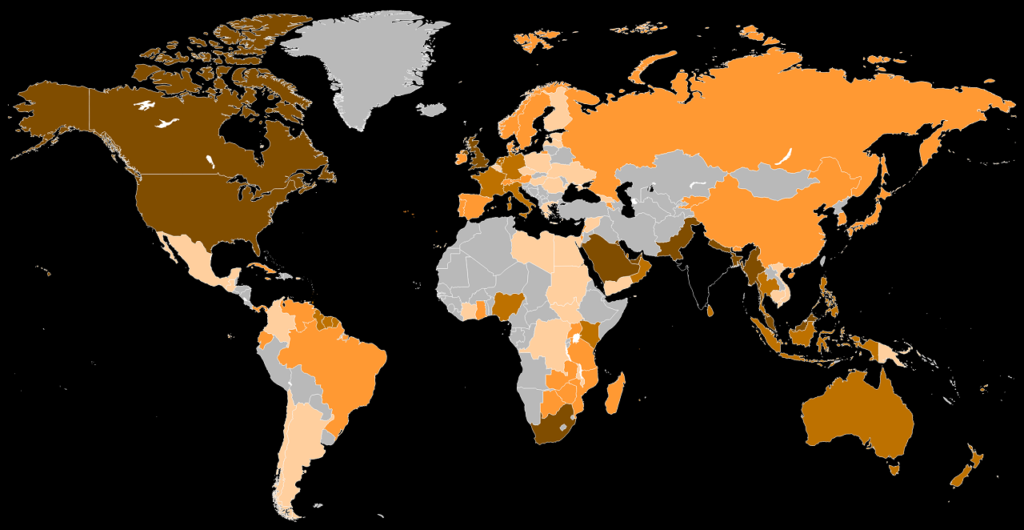Introduction
According to the Global Migration Study 2020, India is the leading land of origin for foreign migrants, and continues to be so with a population of 17.5 million people worldwide, and it earned the biggest remittances of $78.6 billion (a staggering 3.4 percent of India’s GDP) from Indians living overseas.

The Indian diaspora is much more rich than ever previously, and their contribution to India’s growth is growing. It helps through remittances, investments, campaigning for India, spreading Indian cultural heritage overseas, and through their intellect and business to develop a positive impression of India.
Overview
India is a leader in realizing the significance of its foreign people and developing an institutional structure for long-term, mutually advantageous interaction with its Diaspora. India has given its approximately 25 million-strong
Foreign Indian population mainstream coverage by establishing an autonomous and functional Ministry of Overseas Indian Affairs. This approach has also assisted us in developing suitable and well-calibrated organisational solutions to the issues of capacity-building for improved migration policy via international and regional interactions.
The Indian Diaspora is a transnational group that is varied, varied, and cosmopolitan, spanning a wide variety of characteristics, styles, locations, and creation eras. As a result, engaging people and connecting with India demands various and distinct ways.
The unifying string that connects everyone is the concept of India and its inherent ideals. Overseas Indians – People of Indian Origin and Non-Resident Indians spanning all nations and continents — have significantly contributed to global learning, creativity, and growth by providing substantial contributions to their nations of residency.
Traditionally, the scattering of individuals from India and the creation of Indian Diaspora social groups has been the consequence of several mass migrations over centuries, each motivated by a myriad of reasons: enslavement under capitalism, servitude human labour under colonisation, and post-colonial guest job training programs.
This international connection of individuals has been strengthened by worldwide connections of family, acquaintances, and enterprises that are synergistic and facilitate the interchange of common beliefs of artistic, political, and financial concerns.
Significance of Indian Diaspora
Financial significance of the Indian Diaspora is being one of the wealthiest minority in several industrialised nations, it has been able to press for favourable circumstances for India’s interest. Per a 2013 Pew study, Indians, with a total of 2.8 million, are the most educated and affluent group in the United States.
Movement of unskilled jobs (particularly to West Asia) has also contributed to the reduction of concealed unemployment in The country. On average, contributions from migrants have a favourable structural impact on the balancing of transactions.
Money transfers of $70-80 billion assist in bridging a larger trade imbalance. Migrant labour encouraged the transfer of implicit knowledge, trade and industrial concepts, and technology into India by creating a web of cross-national connections.
In the foreign policy front Indian diaspora is not only a source of global influence for India, but also a completely transferrable legislative vote pool. PM Narendra Modi’s event at Madison Square Garden is a chance for him to honour people of the Indian-American community who helped him with his digital platform and electoral financing.
The institutionalisation of “diaspora diplomacy” is a clear indicator that a country’s expatriate group has grown significantly in importance as a matter of concern for international policy and related government business.

